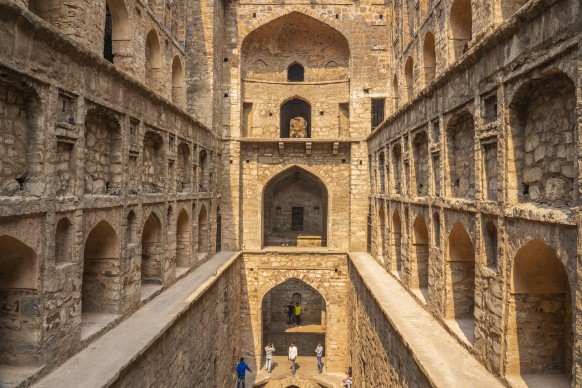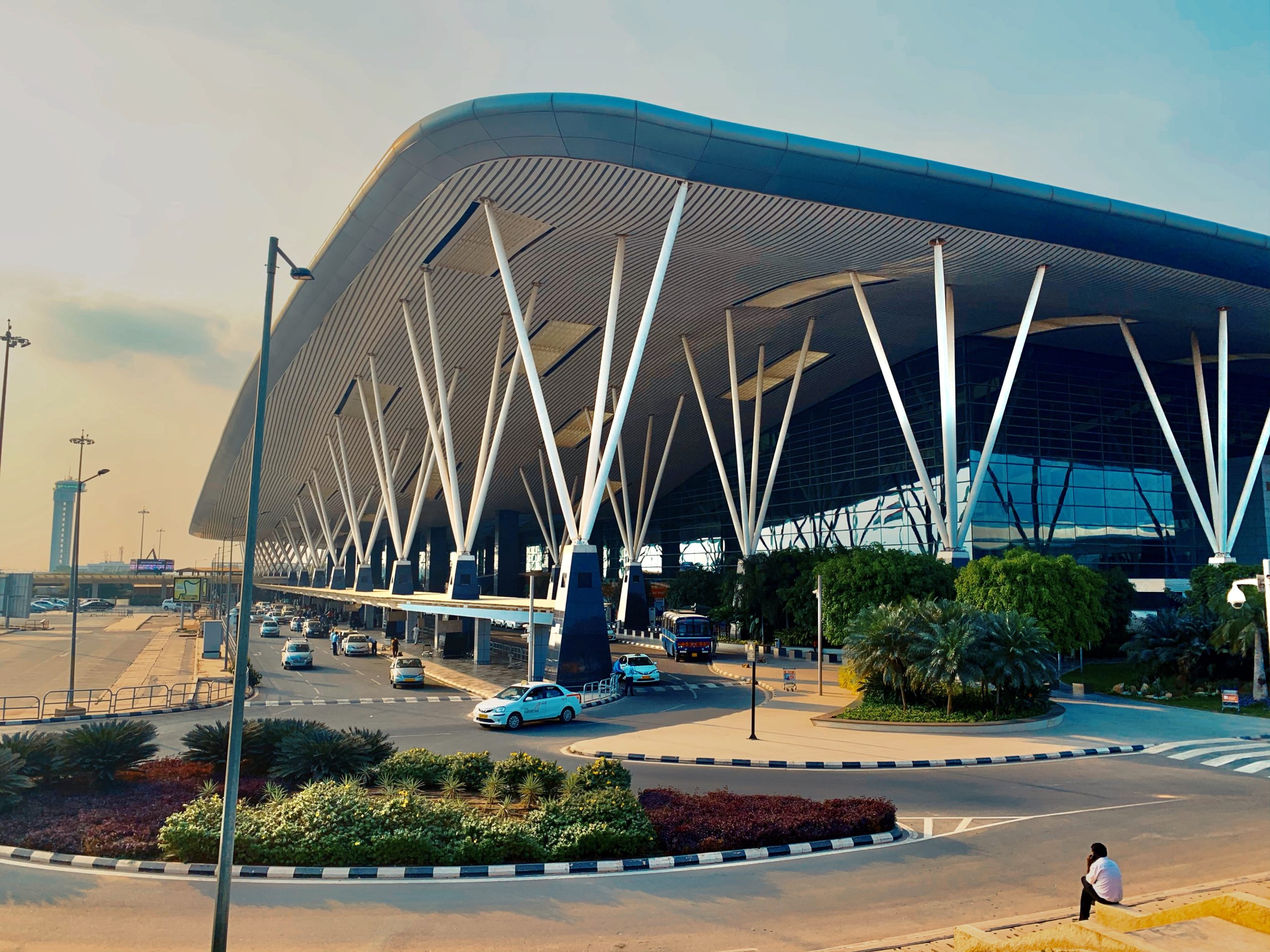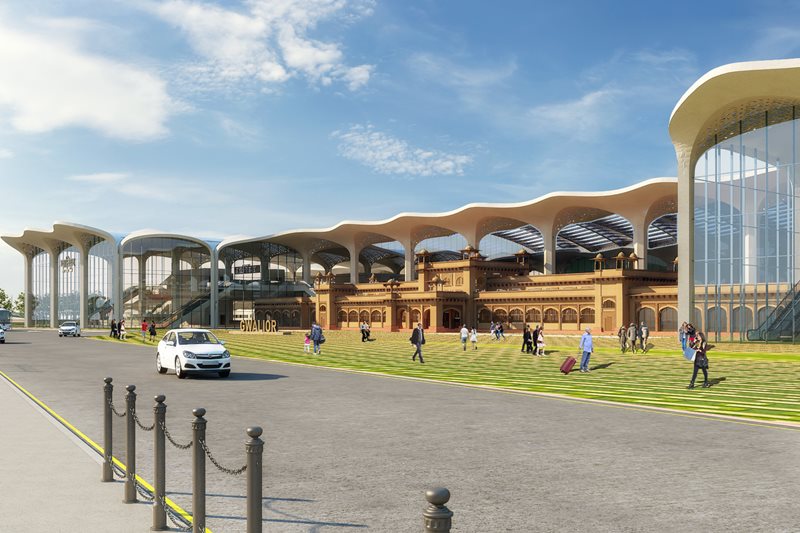Zigurat Global Institute of Technology
Blog / BIM & Construction Management
The Current Status of BIM Implementation in India
Categories

When it comes to BIM implementation in India, there are some important works currently taking place. Examples of such are the Personal Rapid Transit System at Amritsar, the Bangalore International Airport, the Beggur/Nagpur Metro Rail Corporation, and the Delhi Metro Rail. Nevertheless, India still has a long way to go if BIM is to be fully implemented throughout the country. The lack of BIM-skilled professionals can be singled out as one of the most challenging hurdles to this implementation. But not all are bad news. Overall, this ultimately shows that India is full of opportunities for investors and BIM-qualified professionals.
What is BIM?
BIM (building information modeling) is a holistic and collaborative methodology for the management of information for construction projects that has revolutionized the construction industry. Against the typical 2D representational approach, BIM is an intelligent and digital methodology that connects teams and multidisciplinary data in the cloud, allowing the production of real up-to-date representations of all phases of a construction project, from planning and design to the construction phases. Over the last few years, BIM has significantly been improving the efficiency and productivity of companies in the construction industry. Recently, BIM implementation in India has gained popularity in construction, both in public and private sectors, which makes it one of the countries with more opportunities for investors and BIM-qualified professionals.
Implementation and Use of BIM in India
India has a high population density, and its population is expected to surpass China by 2025. This increases the need for more infrastructure, educational spaces, and social housing. Moreover, as stated by the BIM Academy, according to a 2017-2018 Economic Survey, by 2040, India will require a high investment of around 4.5$ trillion for developing infrastructure and thereby reach its expected economic growth. Two of the most significant challenges the Indian construction industry faces are time delays and significantly unforeseen costs due to errors during the development of the construction project. As stated by the Virtual Building Studio, one of the BIM Modeling and BIM outsourcing services providers from India, officials from the NITI Aayog claim that BIM could save up to 20% of the costs in the development of projects by reducing the project time and errors. Companies and specialists working in construction are aware that the use of BIM methodology is the best option to address these problems. They know that the use of BIM would reduce costs and time delays. In addition, the implementation of BIM would reduce working hours and allow for better supply chain management.  Fig. 1. Bangalore International Airport used the Autodesk BIM 360 as the design and planning platform for the construction of the project. Photo retrieved from: https://bit.ly/3JgK4mx (04/04/2022) Important Indian companies in the AEC sector have already used the BIM methodology in their projects. The obstacles that slow the full implementation of BIM across the country are not exclusive to India. Companies point out the high costs involved in this digital transformation, the lack of BIM-qualified professionals in locus, and the costs involved in acquiring new cutting-edge building software as the most relevant ones. Nevertheless, they are aware of the benefits BIM would bring to their projects. It would allow them to return the investment associated with the update of building procedures in a short period of time. In this respect, the Virtual Building studio asserts that
Fig. 1. Bangalore International Airport used the Autodesk BIM 360 as the design and planning platform for the construction of the project. Photo retrieved from: https://bit.ly/3JgK4mx (04/04/2022) Important Indian companies in the AEC sector have already used the BIM methodology in their projects. The obstacles that slow the full implementation of BIM across the country are not exclusive to India. Companies point out the high costs involved in this digital transformation, the lack of BIM-qualified professionals in locus, and the costs involved in acquiring new cutting-edge building software as the most relevant ones. Nevertheless, they are aware of the benefits BIM would bring to their projects. It would allow them to return the investment associated with the update of building procedures in a short period of time. In this respect, the Virtual Building studio asserts that
“About 76% of design, engineering, and construction executives are expected to make an investment in digital tools in the nearing future.”
The exponential growth of the construction industry in the country will require from the Indian Government an investment and measures for the implementation of BIM in the AEC sector in the near future. To be fair, the Indian Government has already given important steps in implementing and using BIM. The Personal Rapid Transit System in Amritsar, the Bangalore International Airport, the Beggur/Nagpur Metro Rail Corporation, the Delhi Metro Rail, and the renovation of the Central India’s Gwalior Railway Station are examples of mega infrastructure projects that have been (or are currently being) developed in the framework of BIM methodology. Furthermore, there are important well-established societies whose aims are to organize and host BIM events to inform professionals about the latest trends in this technology and encourage the digital transformation of companies and individuals working in the AEC sector. Two examples of such are the Indian Building Information Modeling Association, created in April 2019, and the BIM Summit that took place in August 2018 in which Parveen Sharme, CEO of the BIM Engineers, discussed the adoption of BIM in India.  Fig. 2. Indian Railways Gwalior station. Photo retrieved from: https://bit.ly/3LQOkLq (04/04/2022)Most importantly specialists affirm that India is likely to experience this digital transformation in the construction sector in the coming five years. This represents a bright future for the AEC sector, full of new job opportunities for qualified professionals. Moreover, as stressed by Visual Building studio,
Fig. 2. Indian Railways Gwalior station. Photo retrieved from: https://bit.ly/3LQOkLq (04/04/2022)Most importantly specialists affirm that India is likely to experience this digital transformation in the construction sector in the coming five years. This represents a bright future for the AEC sector, full of new job opportunities for qualified professionals. Moreover, as stressed by Visual Building studio,
“The building market is worth $1.8 trillion, making it the world’s third-largest following China and Japan. In the next few years, BIM will be a multi-billion-dollar business in India.”
Job Opportunities and BIM Courses
Construction is one of the most important sectors to the economy in India. Given a large number of inhabitants in the country, which has been increasing over the years, there is an increasing need for more infrastructure, educational spaces, public transport, and social housing. Moreover, the existing buildings and infrastructures, bridges, and railways need to be refurbished. All this automatically increases the need for qualified professionals. In fact, as reported by BIM Academy, much of the construction and infrastructure work currently being done in India is delivered by international companies with BIM experience in other regions. In addition, it is worth mentioning that there are companies supporting client firms in hiring BIM talent, such as BIMrecruit.in. Nowadays, we can find some important BIM Modeling companies in India. In fact, over the last twenty years, the number of companies offering BIM services in the country has been increasing, some of which are: Aashir Engineering (founded in 1989), Pinnacle Infotech (founded in 1992), MaRS Group (founded in 2001), Excelize (founded in 2004), Silicon Valley (founded in 2004), Revit Modeling India (RMI) (founded in 2009), Rebcon Group (founded in 2010), TreisTek (founded in 2015), and lastly, the Virtual Building Studio (founded in 2015). But this is not enough, and India needs more BIM-qualified professionals and companies to meet its current needs. Currently, we witness a high demand for BIM-skilled professionals such as BIM Engineers, BIM Modelers, BIM specialists, and BIM Managers in the country. This shows that educational institutions should introduce BIM and digital construction in their programs, but unfortunately, this is not happening yet in most public universities. At Zigurat, we have the methodology that best adjusts to all the technological changes that the AEC sector expects.
Our Master’s in Global BIM Management is your best chance to take a step forward in your professional career, become a BIM expert and enhance your competitive-edge over other professionals working in the sector. Click on the banner below for more information.
People who read this article was also interested in the following:
Related module



